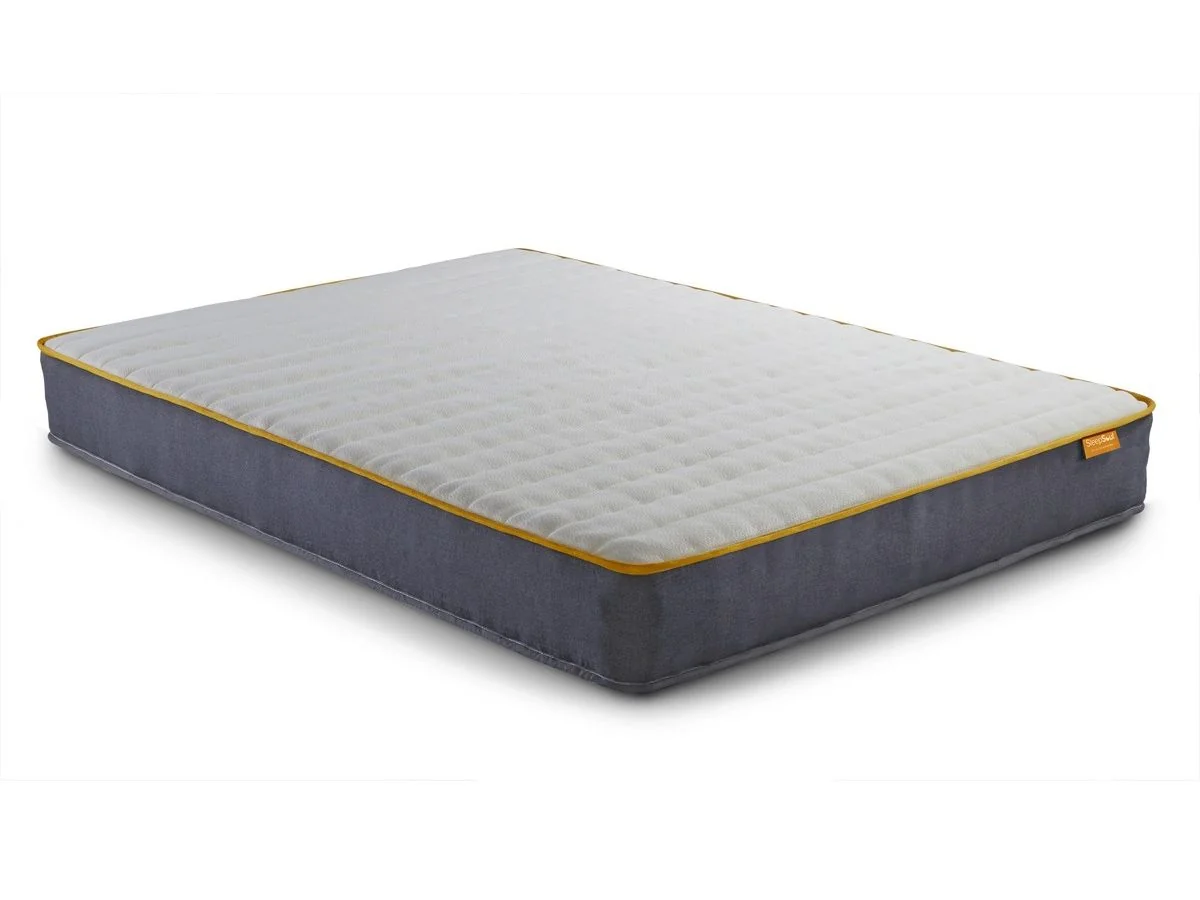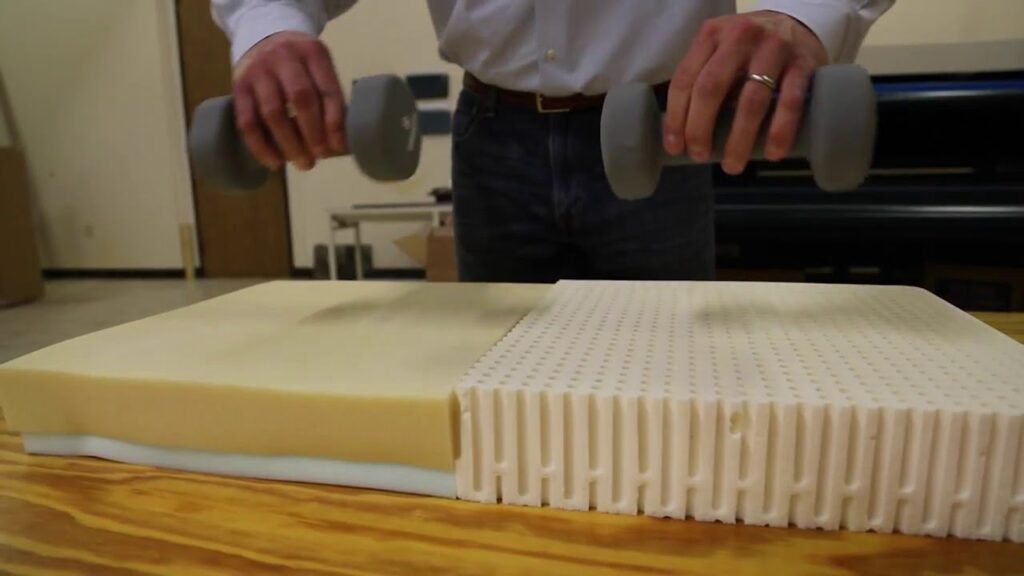Sleep Talk Blog, Product Help, Bed and Mattress Guides
What Does Responsiveness Mean in a Mattress?
What Does Responsiveness Mean In a Mattress?
When you lie on a mattress, it squishes under your weight and springs back when you get off it. Responsiveness refers to how quickly it responds to motion and pressure, i.e., how it responds to your body.
Whether high or low responsiveness is reasonable depends on personal preference – some prefer squishy mattresses, while others prefer bouncy ones. Your task is to figure out the level of responsiveness for you.
What makes a mattress responsive?
A responsive mattress responds to motion or pressure quickly, making it easier to move around. When a mattress has low responsiveness, you can feel like you are sinking into it and have trouble tossing and turning.
You can think of this as ‘ease of movement’ – the easier it is to move around on a mattress, the more responsive it is.
Low responsivity in mattresses
Some materials, including memory foam and memory gel, hold their shape longer than others. These materials introduce low responsivity to a mattress’s top layers, making you feel hugged.
Low responsiveness is right for you if you want to squish into your bed without it springing back when you toss and turn.
The best mattresses for low responsiveness are memory foam mattresses – you want the top layer to be at least 4cm thick. 4cm of memory foam is sufficient to absorb impacts and ensure minimal bounce when getting in and out of bed.
Medium responsiveness in mattresses
Some mattresses balance squishiness and springiness with a combination of low and high-density foams or thinner memory foam layers. These mattresses hold their shape for a few seconds but spring back in the time it takes to get out of bed.
Most mattresses with medium responsiveness use memory foam and fibre fillings or have a pillowtop with response foam above memory foam.
The Sleepsoul Balance 800 is an excellent example of such a mattress, with 2cm of memory foam on top of a pocket spring base. The Birlea Paradise Coolgel is another mattress that balances squishiness and springiness.

High responsiveness in mattresses
Mattresses with high responsiveness are bouncy and spring back instantly. Common materials include latex foam and reflex foam – latex foam is a high-end foam that responds to your body like memory foam but springs back quickly.
The Giltedge Beds Hampshire 2000 has 25mm of latex foam and 2,000 pocket springs, delivering a responsive sleep.

However, the bounciest mattresses have fibre fillings and a thick pocket spring base, such as the Giltedge Beds Ortho Stripe 1000. You can also choose an open coil mattress on a tight budget, like the Silentnight Classic Miracoil.


Don’t want a new mattress? Get a topper instead!
If you don’t want to replace your mattress, you can change how it feels with a thick mattress topper. A mattress topper at least 3cm thick will transform its responsiveness, with memory and reflex foam options available.
A mattress topper could be all you need to increase or reduce responsiveness, but if your mattress is over eight years old, it might be best to replace it. Please read our guide to choosing the right mattress to find out more.
Summing up
A highly responsive mattress squishes and bounces back instantly, while a mattress with low responsiveness squishes and springs back slowly.
For example, a mattress that holds its shape, like a memory foam mattress, has low responsiveness. A highly responsive mattress, like a latex foam or fibre mattress, springs back instantly when you get off it.
If you like to squish into your mattress and for it to retain its shape, you want a mattress with low responsiveness. If you like a bouncy mattress, you want one that is responsive, like an open coil or latex foam mattress.
If you found this article helpful, read our mattress roll-off and roll-together piece to learn how mattress support systems work.

